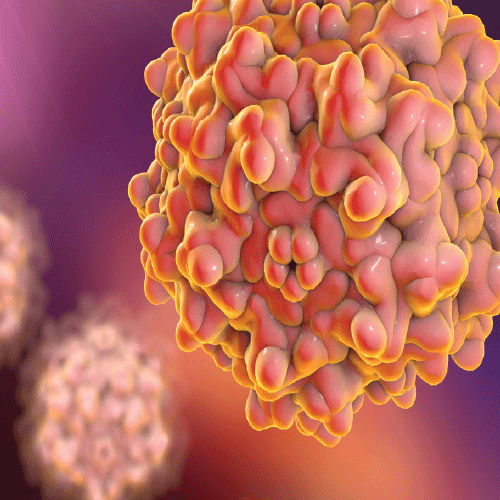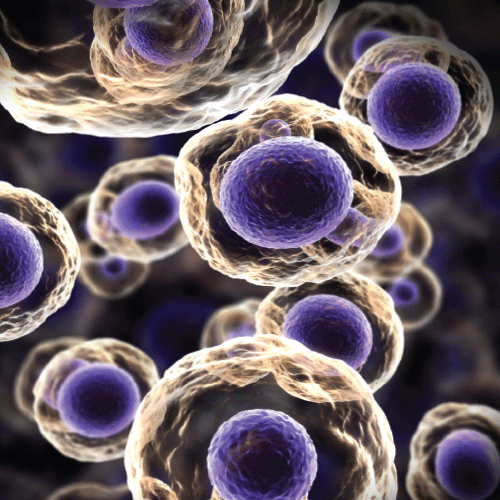Gene Therapy and RNAi
Gene therapy is defined as the correction of a nonfunctioning gene responsible for causing a disease. For example, a normal (functioning) copy of the gene could be inserted into a cell to replace a nonfunctioning gene. As genes will not enter cells on their own, there must be a mechanism in place to carry the corrected gene into the body’s cells. The most common mechanism (vector) is an altered form of a virus. Viruses have the capability of infecting and inserting their genetic information into cells. Researchers are able to exploit this capability of viruses while removing the viral genes responsible for causing illness.
 Although the concept of gene therapy is simple in theory, there are several technical roadblocks that have to be overcome for these treatments to become a reality. For gene therapy to cure a disorder, the inserted gene must remain active in the body’s cells long-term. Currently it is difficult to retain the added gene through multiple rounds of cell division, making it hard to achieve successful gene therapy in actively dividing cells. In addition, it is difficult to ensure that the vector containing the therapeutic gene reaches the organs and body tissues where symptoms occur. Some of the recent successes in gene therapy research have been in ocular (eye) diseases in which the targeted body area is easily accessible.
Although the concept of gene therapy is simple in theory, there are several technical roadblocks that have to be overcome for these treatments to become a reality. For gene therapy to cure a disorder, the inserted gene must remain active in the body’s cells long-term. Currently it is difficult to retain the added gene through multiple rounds of cell division, making it hard to achieve successful gene therapy in actively dividing cells. In addition, it is difficult to ensure that the vector containing the therapeutic gene reaches the organs and body tissues where symptoms occur. Some of the recent successes in gene therapy research have been in ocular (eye) diseases in which the targeted body area is easily accessible.
One of the major setbacks in gene therapy research occurred in 1999 with the death of 18-year-old Jesse Gelsinger. Jesse had a rare genetic condition called ornithine transcarboxylase deficiency (OTCD) in which a gene mutation causes an enzyme important for the removal of nitrogen from the body to be absent. Jesse enrolled in a clinical trial for gene therapy of OTCD aimed at determining a safe dose for treatment and documenting potential side effects. Four days after starting the treatment, Jesse passed away from multiple organ failure thought to have been triggered by an immune response to the viral vector.
Researchers are working to overcome many of the roadblocks described above and are making promising strides in developing safe and effective methods for introducing functional genes into the body.
RNAi
Another type of gene therapy currently being researched is RNAi. Much like turning off a light switch, RNA interference (RNAi) offers the ability to selectively silence or “turn off” the activity of a single gene. This technology has the potential to revolutionize our understanding of how genes work and offers new promise in therapy and treatment.
In addition to mRNA and tRNA found in cells, researchers in the 1990s noted an additional form of RNA composed of small double-stranded molecules. These fragments could effectively stop protein production by coordinating the destruction of the single stranded mRNA. In other words, the double stranded RNA interfered with the mRNA, effectively silencing the activity of the gene. Researchers have utilized the RNAi pathway to explore the effects of systematically silencing genes. Short synthetic double-stranded RNA molecules can be created in the laboratory and delivered into cells, leading to partial or complete cessation of protein production for specific targeted genes. The ability to target and deplete specific proteins has identified RNAi as a potential therapeutic pathway.


